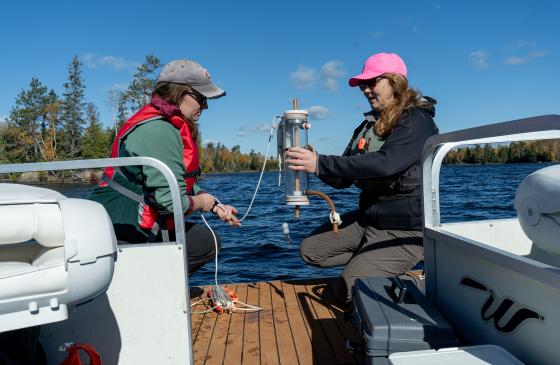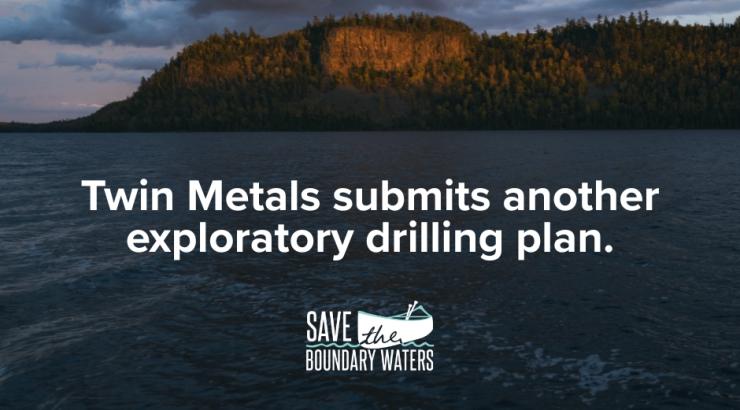My name is Andrew, and I’m the Conservation Biologist here at Save the Boundary Waters. I deeply believe that science is one of the most powerful tools we have to protect wild places and the communities connected to them. Our science program is something I am incredibly proud to be a part of.
The Boundary Waters is one of the last truly wild places left — and it’s packed with life. Around 50% of all endangered species rely on healthy, unspoiled wetlands for critical stages of their life cycle. The Boundary Waters is home to an incredible abundance and diversity of these wetlands, making it an important refuge for wildlife.
Not only that, but the Boundary Waters hold 20% of all the freshwater in the National Forest System. In many lakes, you can still lean over the canoe and drink straight from the surface.
This isn’t normal. This is exceptional. And it’s worth defending.
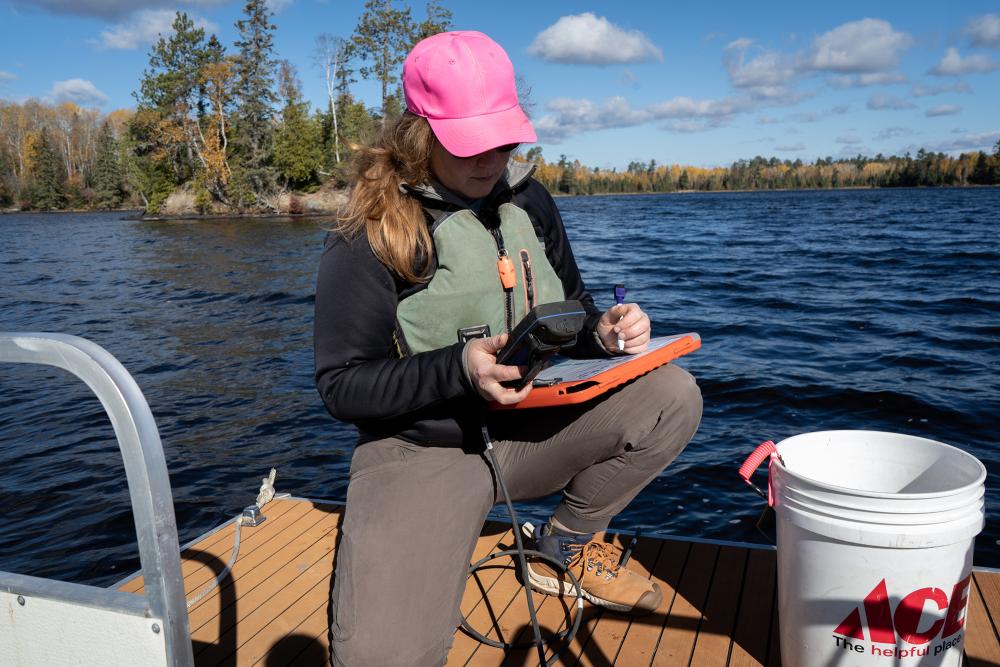
Our water quality monitoring program
Birch Lake is a popular recreational lake just outside of the federally designated Boundary Waters Canoe Area Wilderness in the Rainy River watershed near Ely and Babbitt. The water of Birch Lake flows into the Wilderness, and the area is ground zero for proposed sulfide-ore copper mining.
For the past six years, our water quality monitoring team has been tracking sulfate pollution on Birch Lake. Sulfate is what threatens the health of these waters and the survival of wild rice – an irreplaceable staple of Minnesota’s landscape and a sacred food for Ojibwe communities.
Sulfate pollution doesn’t just harm water quality — it sets off a chemical reaction that turns mercury into methylmercury, a powerful neurotoxin. Methylmercury accumulates easily in fish and other aquatic organisms, posing serious risks to wildlife and to people who eat those fish, including Minnesota’s most beloved game fish.
This is why we monitor in every season – even in the coldest months, we are drilling through the ice to collect data. Because protecting this water is worth every step. So far this year, three full-time staff, three field interns, and countless volunteers have spent 72 full days in the field for a total of over 3,000 combined field hours — and we still have 2 months to go in 2025!
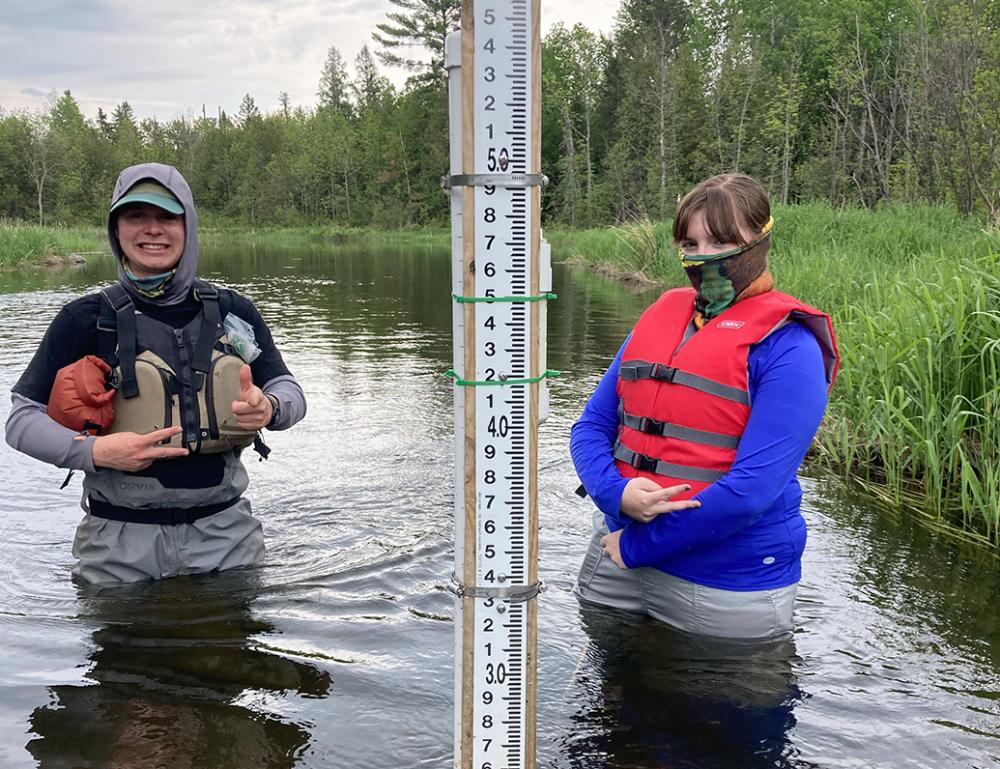
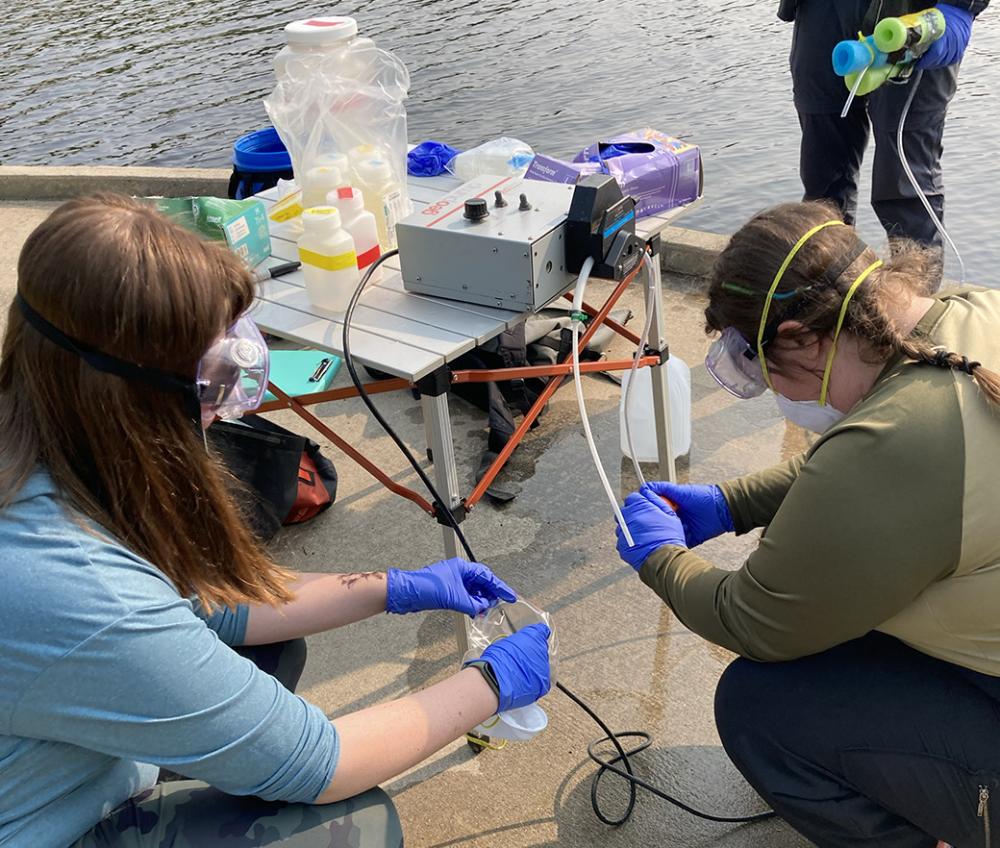
Our impact is real:
- Helped secure Birch Lake’s designation as impaired for sulfate – creating obstacles for mining permits.
- Built essential baseline data for Minnesota’s scientific record – filling gaps to ensure decisions about these waters are rooted in real, on-the-ground science.
- Logged 72 field days and 3,000+ hours of research in 2025 – with two more months of fieldwork still ahead.
But protecting this place takes commitment. It takes training. It takes boots on the ground, paddles in the water, and hands carefully collecting each sample. It takes you.
Our high-quality science program is helping protect the Boundary Waters watershed. No agency, nonprofit, or other organization in the region is or has been doing water quality monitoring in the headwaters of the wilderness to the extent that we are.
Make a donation today to help grow our water quality program.
Here’s what your gift to support our water quality science program helps fund:
- Transportation: many of our monitoring locations are remote and logistically and physically difficult to access. Executing this work to a high standard takes an immense amount of organization and coordination.
- Access to scientific equipment: lab fees for sample analysis are costly and add up. Sophisticated sampling equipment is expensive and requires maintenance and upgrading.
- Adding additional staff capacity: to ensure our data is validated and accepted by agencies, we need better equipment and increased capacity.
Thank you for supporting science-based conservation and for standing with us to protect the Boundary Waters.
For the Wilderness,
Andrew Gardon
Conservation Biologist
